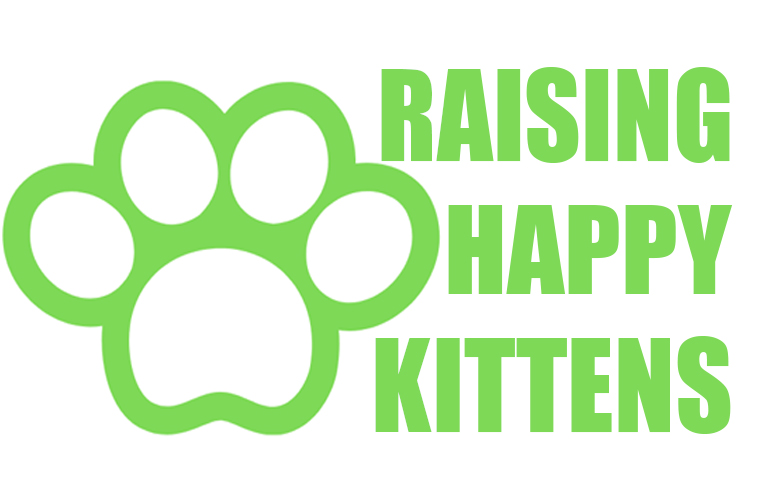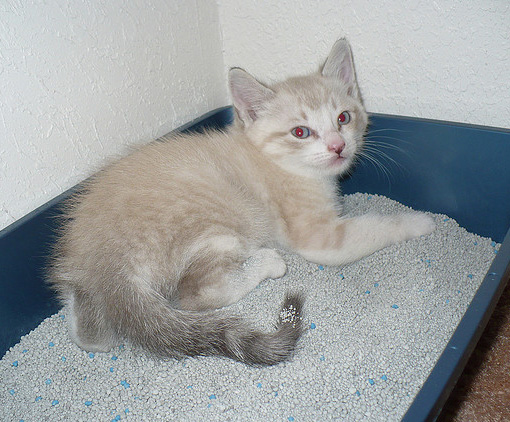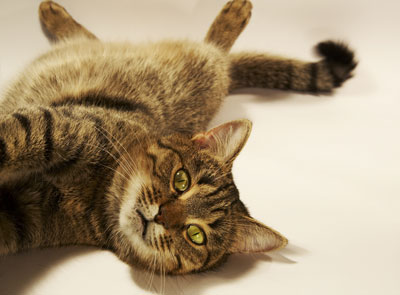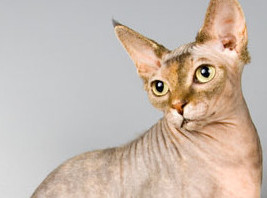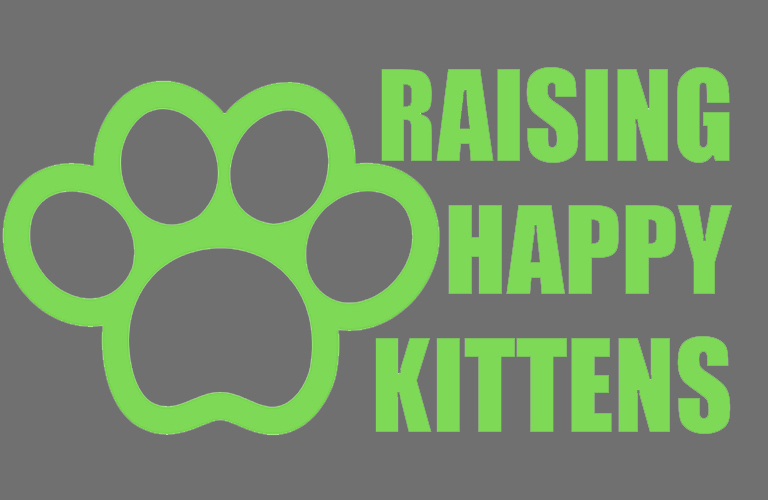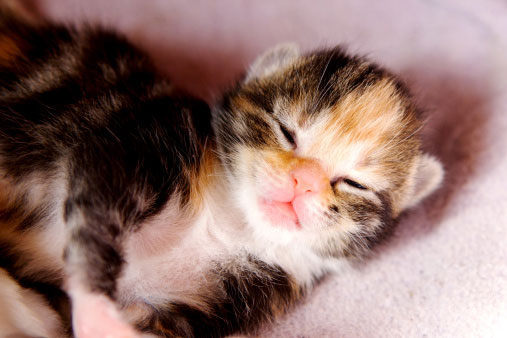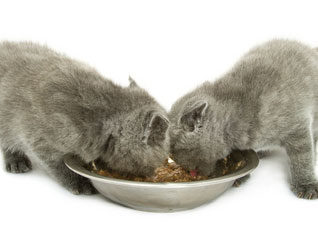Like humans, cats and kittens can also develop cat food allergies that present most commonly as problems with the digestive system, skin and ears.
While corn, fish and gluten are all common ingredients in commercial foods, they cause the most common food allergies in addition to wheat and dairy products.
It is important if you are a cat owner that you are aware of what to look for so that you can see that your cat may be suffering from this affliction, and can make the necessary dietary changes.
Symptoms of Cat Food Allergies
Generally, there are two ways that cats reveal that they have cat food allergies: One is through skin and the other through their digestion.
- Skin symptoms could include anything from excessive licking of the legs and paws to red and itchy ears with the possibility of rashes around the ears and face.
- Digestive symptoms generally include diarrhea and vomiting.
If you notice that your cat has been losing some hair, food allergies could be the culprit, although there are other possible reasons for hair loss.
It is definitely a serious symptom and you should consult with your veterinarian to rule out another more serious and aggressive illness.
Diagnosing Cat Food Allergies
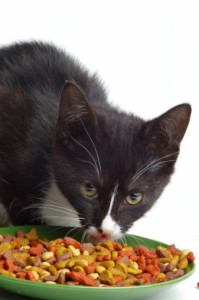 Unlike many other conditions that cats can develop, the diagnosis of food allergies is relatively straightforward, and will be determined by your veterinarian.
Unlike many other conditions that cats can develop, the diagnosis of food allergies is relatively straightforward, and will be determined by your veterinarian.
However, the symptoms related to allergies could be symptoms of other problems such as bacterial infections or flea bite allergies.
It is important that all other potential causes be ruled out by your vet prior to starting a treatment.
Courses of Treatment
Prescription steroids are the common treatment for allergies. While there are side effects to steroids, they appear to be the most helpful as far as traditional medicine is concerned.
However, allergies do include itchy skin, which isn’t always cured with steroid treatment. Plus, to avoid side effects a more natural holistic approach may be recommended as a starting point.
You can start feeding your cat food that does not contain the suspected culprit for around six weeks or more. When doing this, your cat cannot have any treats or flavored toys of any kind.
Then, to determine whether your cat is indeed allergic to a specific type of food, you would expose him to it after this time period and see if there are any subsequent reactions to the exposure.
You can also create a homemade cat food diet using only allergen-free ingredients, but make sure that it contains all the necessary ingredients, nutrients and minerals that your cat needs to absorb on a daily basis.
If this seems daunting, you could also choose to put your kitty on a hypoallergenic diet.
Hypoallergenic Cat Food Diet
Many cat owners find that when they are dealing with cat food allergies that their 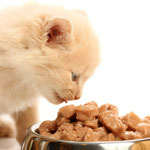 cats often benefit more from a hypoallergenic diet than trying to eliminate the specific source of allergies.
cats often benefit more from a hypoallergenic diet than trying to eliminate the specific source of allergies.
Hypoallergenic cat food contains absolutely no soy, wheat, beet pulp or rice. Oftentimes, you will find that hypoallergenic cat food contains only a couple (or sometimes none at all) preservatives and a single source of protein such as duck, lamb or chicken.
You can even create your own raw food if you like, which would be considered a raw hypoallergenic cat food diet which can include a small amount of grated veggies such as carrots and sweet potatoes (for texture) as well as raw diet supplements, raw meat and non-splintering, ground bones from the same animal.
75% of this diet should be the raw meat protein.
California Natural is one of the best natural pet foods with limited ingredients: one fat, one carbohydrate and one protein.
If you prefer to have a prescription-based hypoallergenic diet to treat cat food allergies, you can speak with your veterinarian.
Ask about alternative foods, and read the ingredient list carefully to determine quality before committing to purchase.
